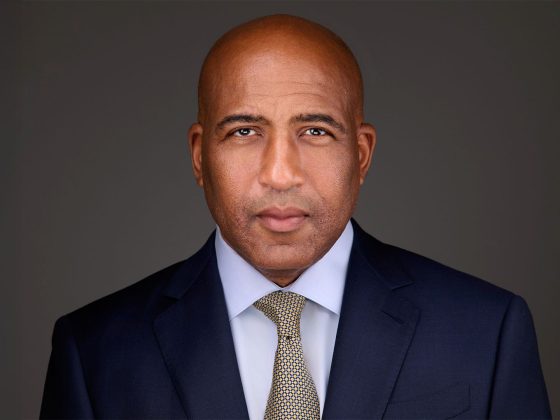Most finance teams know how to control costs, but few understand how to turn those same budgets into powerful growth tools. The difference between managing expenses and strategically leveraging them often separates good companies from great ones. John Carpenter brings years of financial leadership experience to this challenge, showing businesses how to transform their expense management from a necessary evil into a competitive advantage.
Begin With Business Priorities, Not Budget Lines
Here’s what most finance departments get wrong. They’re great at tracking where money went, but terrible at figuring out where it should go next. “Finance teams excel at tracking historical data. That’s their foundation. But the next level is to connect every dollar to a business outcome,” Carpenter explains. The real question isn’t how much you spent, but what you got for it.
Smart finance leaders ask different questions about their spending. “Ask yourself, how does this expense drive revenue, customer retention, or market expansion?” That shift changes everything about how you approach budgets. Suddenly you’re not just cutting costs, you’re investing in results. “When you link budget lines to business goals, you transform from cost manager to growth enabler.” The change is obvious to everyone else in the company. “Your CEO will notice the difference immediately,” Carpenter notes. That’s because you’ve stopped being the person who says no to everything and started being the person who figures out how to make things happen.
Elevate Your Procurement To A Strategic Function
Most procurement teams operate as if they’re shopping at the grocery store, hunting for the lowest price tag. But the best finance leaders know that’s missing the point entirely. “The best CFOs think strategically about every business function. They understand market dynamics. They see around corners and connect financial decisions to business outcomes,” Carpenter observes. The same thinking needs to happen in procurement. You can’t just compare prices anymore. “Procurement needs to match that level of strategic thinking. They should negotiate based on business impact, not just unit cost.” That means understanding your suppliers, timing your purchases right, and thinking about what could go wrong. “You need to understand supplier risk and time purchases with market conditions.” Get this right, and the benefits show up everywhere. “When procurement operates at a strategic level, the impact is multiplied across the entire organization.” It’s not just about saving money anymore. It’s about making sure every purchase decision helps the business win.
Never Pay More Than You Need To
Here’s something every finance person learns the hard way at least once. The lowest-priced option usually isn’t economical at all. “Here’s the truth: value and price are not the same thing. The cheapest option often costs more in the long run,” Carpenter warns. You save a few thousand upfront, then spend months dealing with problems that cost significantly more. The hidden costs add up fast. “It’s hidden fees or service and downtime that kills productivity.” That bargain software crashes during your busy season. The discount supplier misses deadlines. The low-cost service comes with terrible support. Suddenly that attractive deal doesn’t look so appealing. Better approach? “Smart spending means paying the right price for the right value. Get several quotes.” But don’t stop there. “The number of quotes depends on the expense area you’re looking at. Understand total cost of ownership.” Look at the whole picture, not just the price tag. “Factor in reliability, support, and business impact. Don’t overpay, but don’t underbuy either.”
The shift from traditional expense management to strategic spending isn’t complicated, but it does require changing how your team thinks about money. Every major expense should connect to something your business is trying to achieve. That connection helps everyone make better decisions about where to spend and where to save. Carpenter breaks it down into three main ideas that work together. “Turn expense management into a growth strategy. Connect spending to objectives. Make procurement strategic. Pay smart, not just cheap.” Each piece supports the others, creating a system that actually helps your business grow instead of just keeping costs down. Companies that get this right see the difference in their results. “When expenses align with goals, every dollar works harder.” That alignment creates momentum where smart spending decisions reinforce what you’re trying to accomplish as a business. The best part? Finance teams that master this approach find themselves invited to more strategic conversations instead of just being asked to cut budgets. That’s when you know you’ve made the shift from cost manager to growth enabler.
Follow John Carpenter on LinkedIn for more insights on strategic finance leadership.










